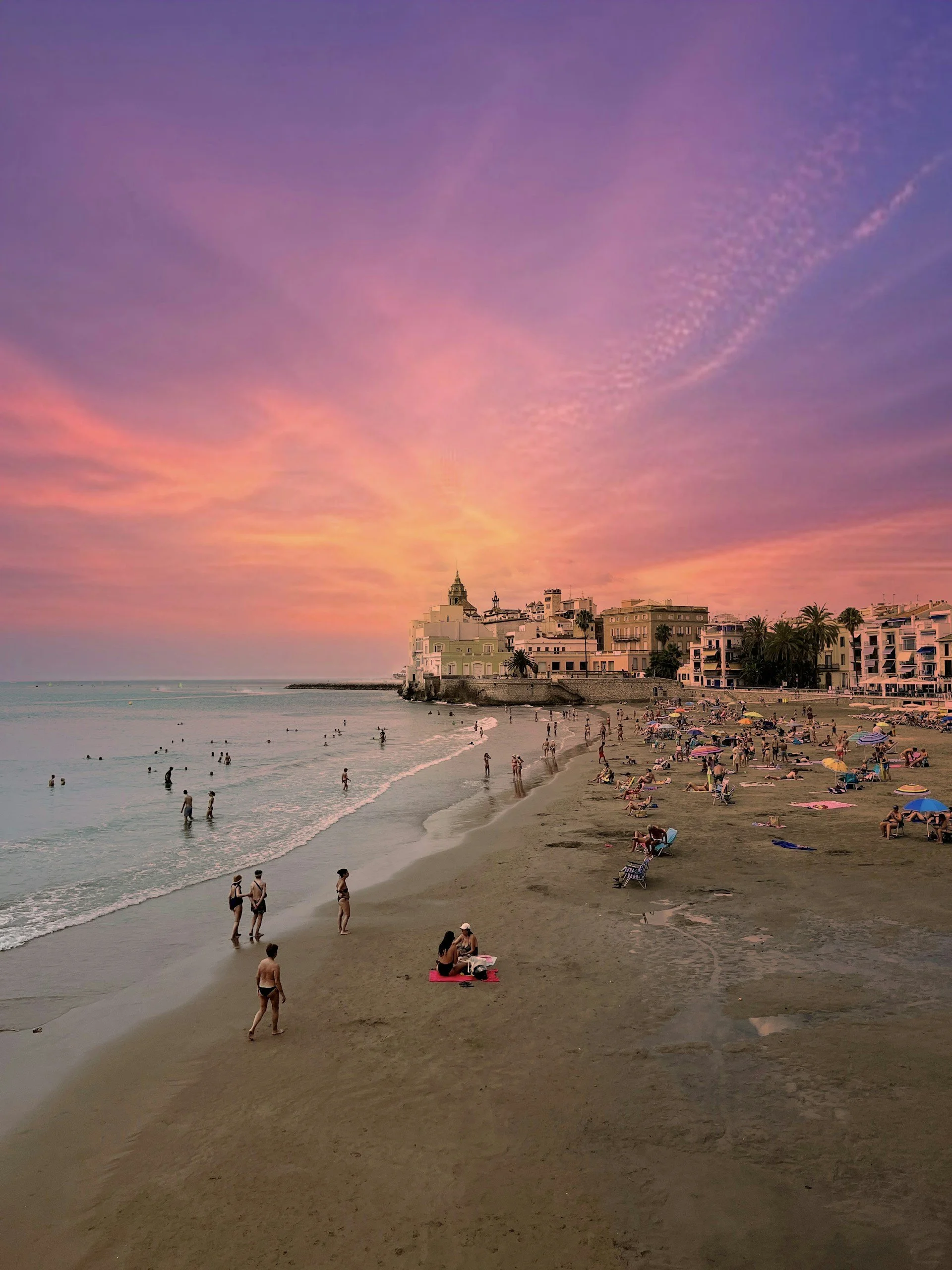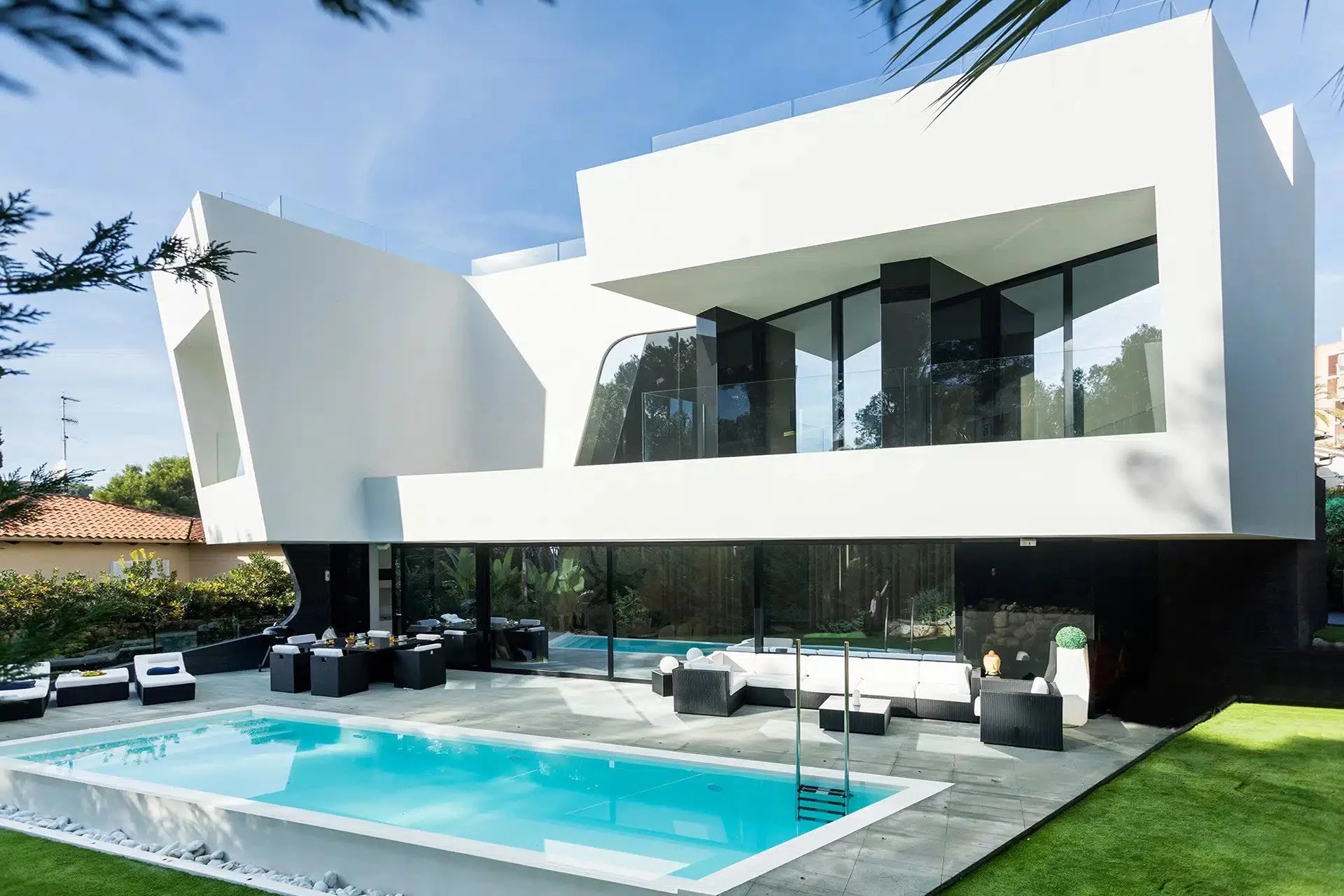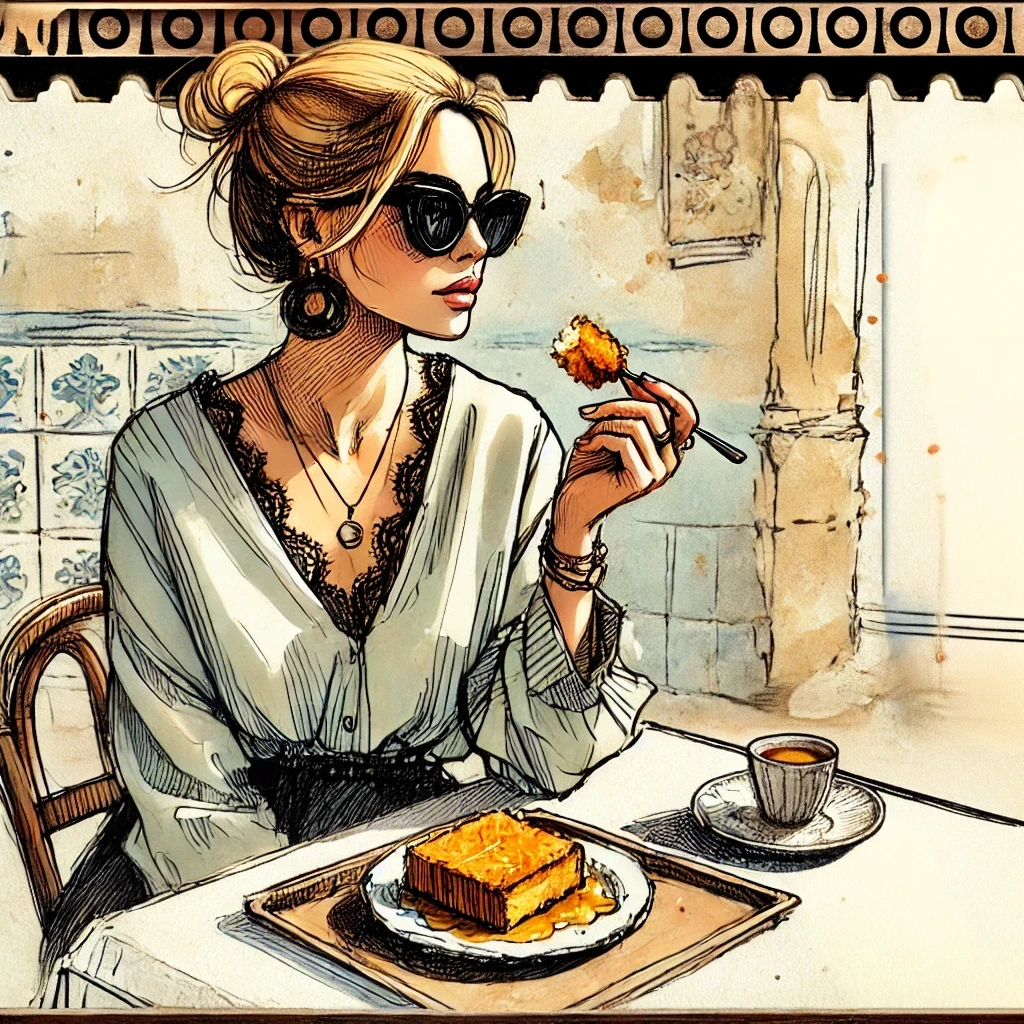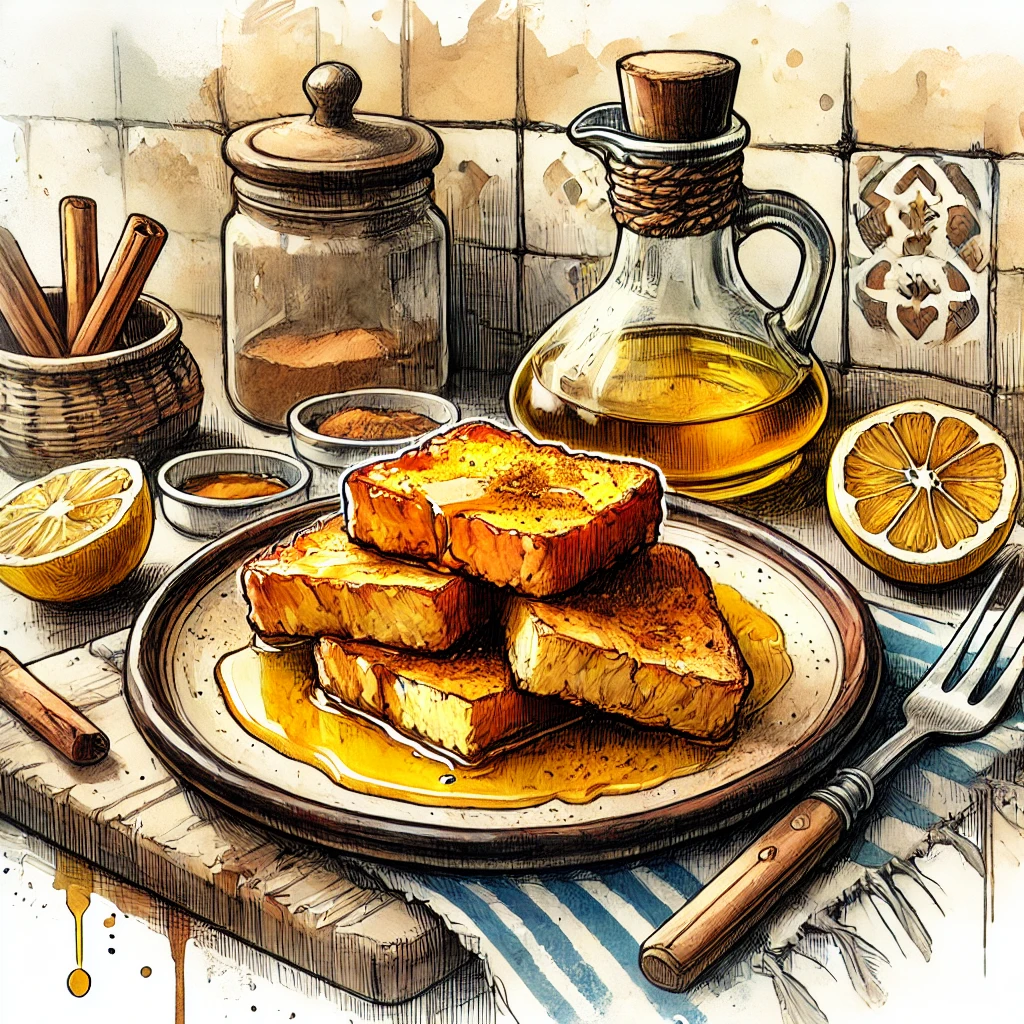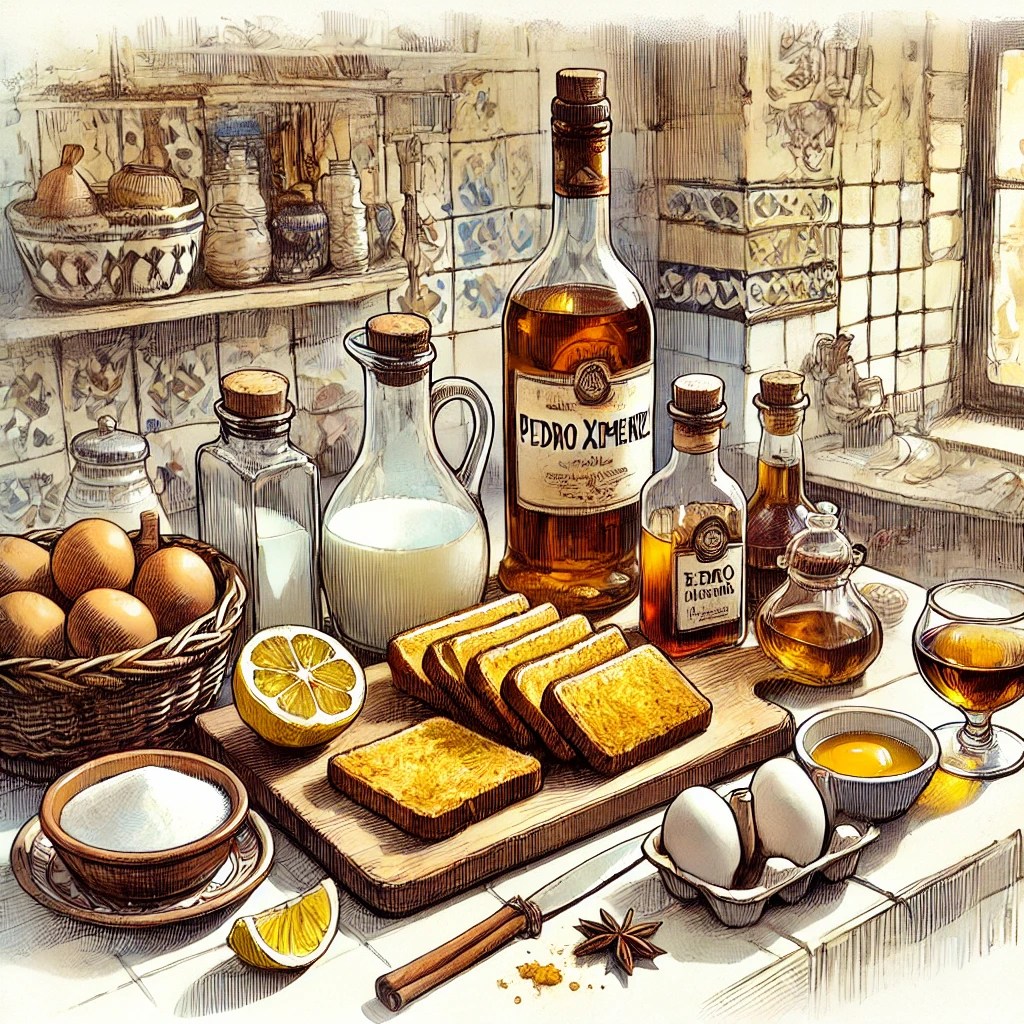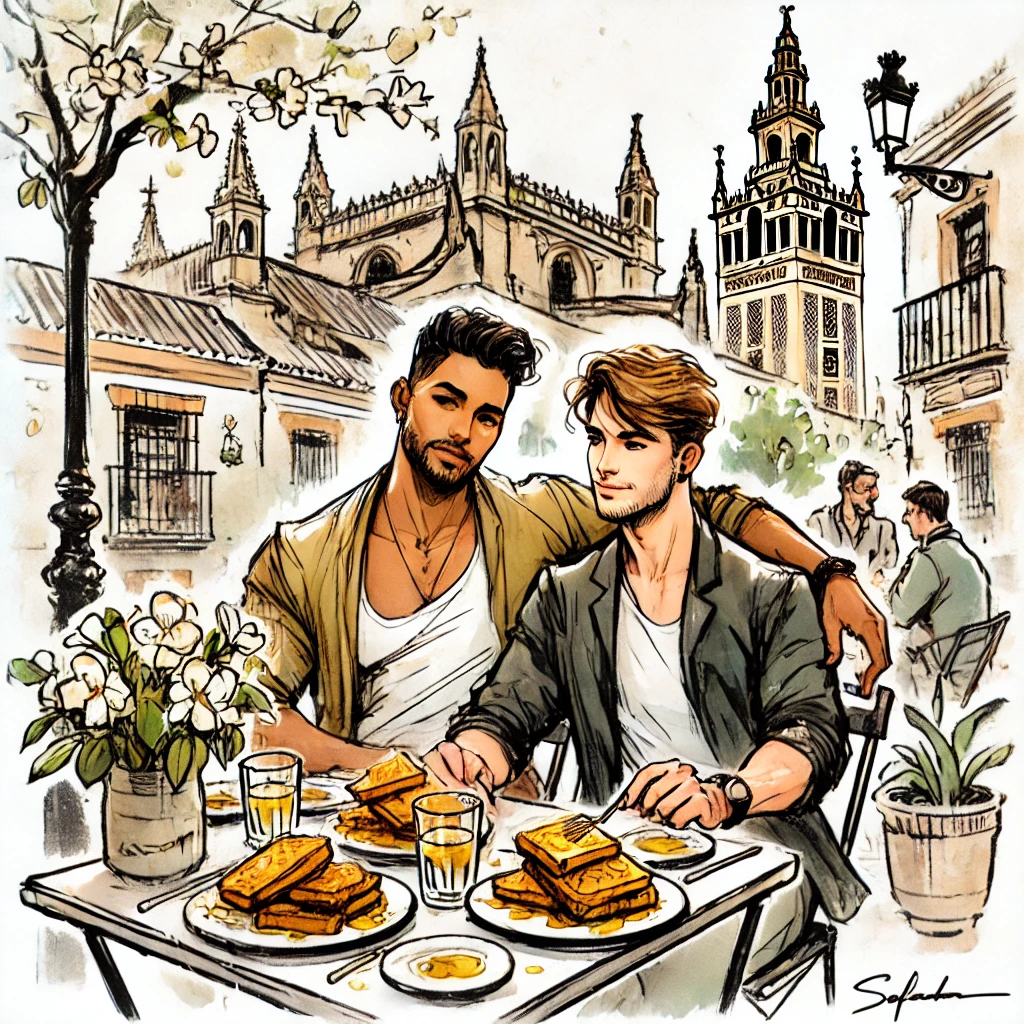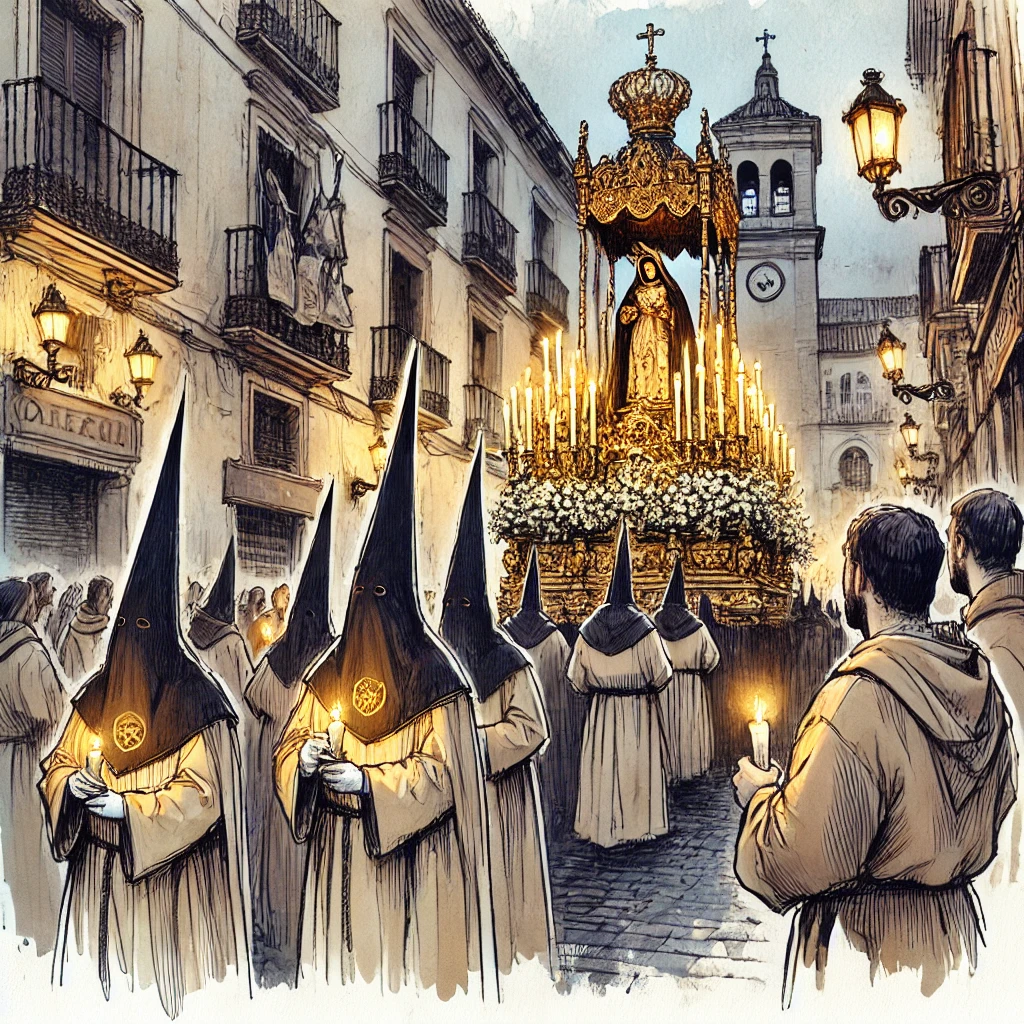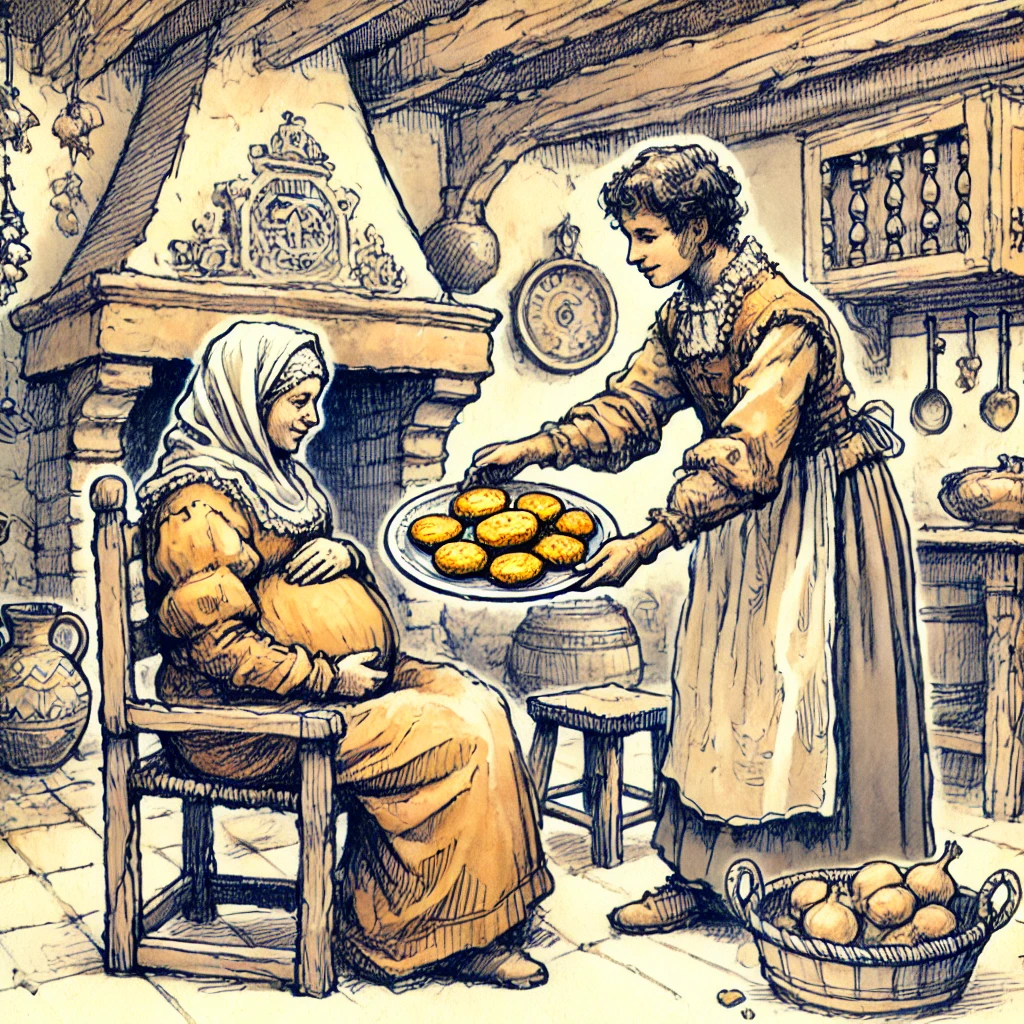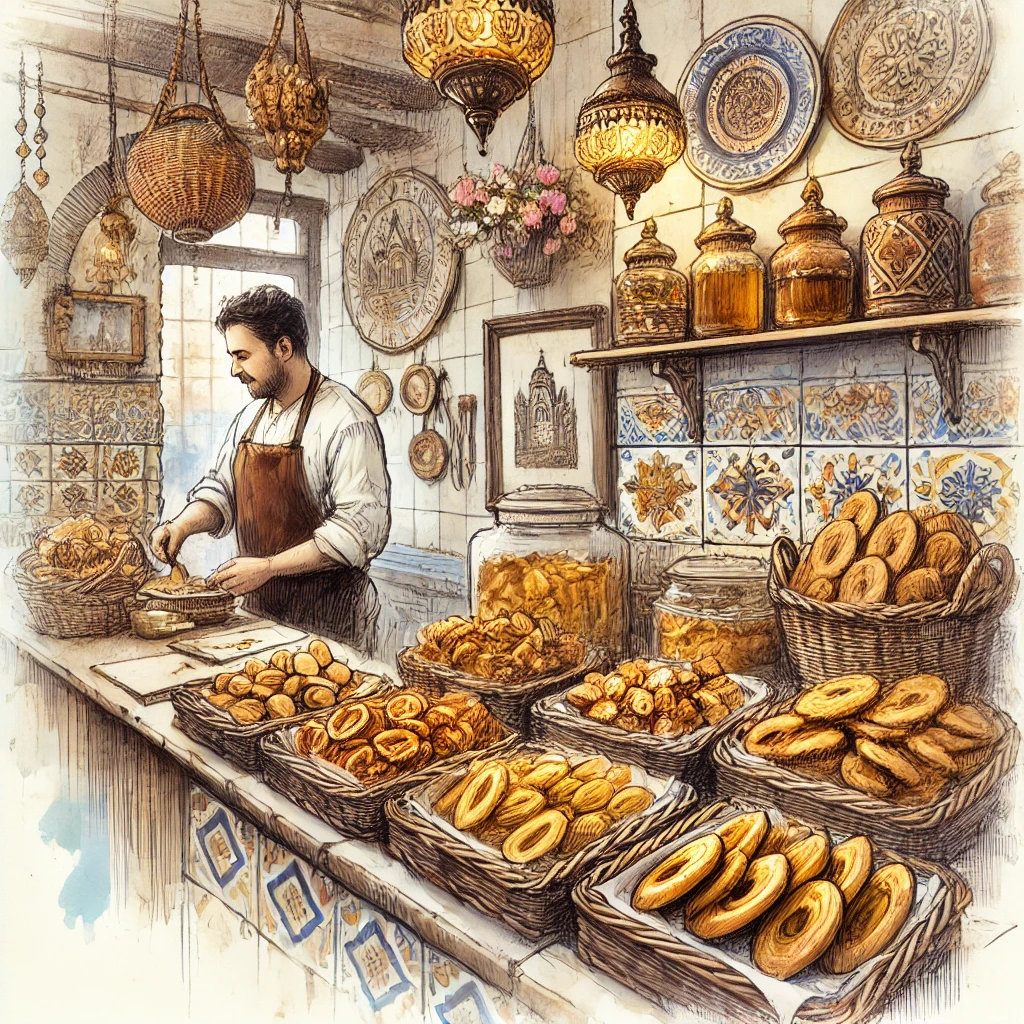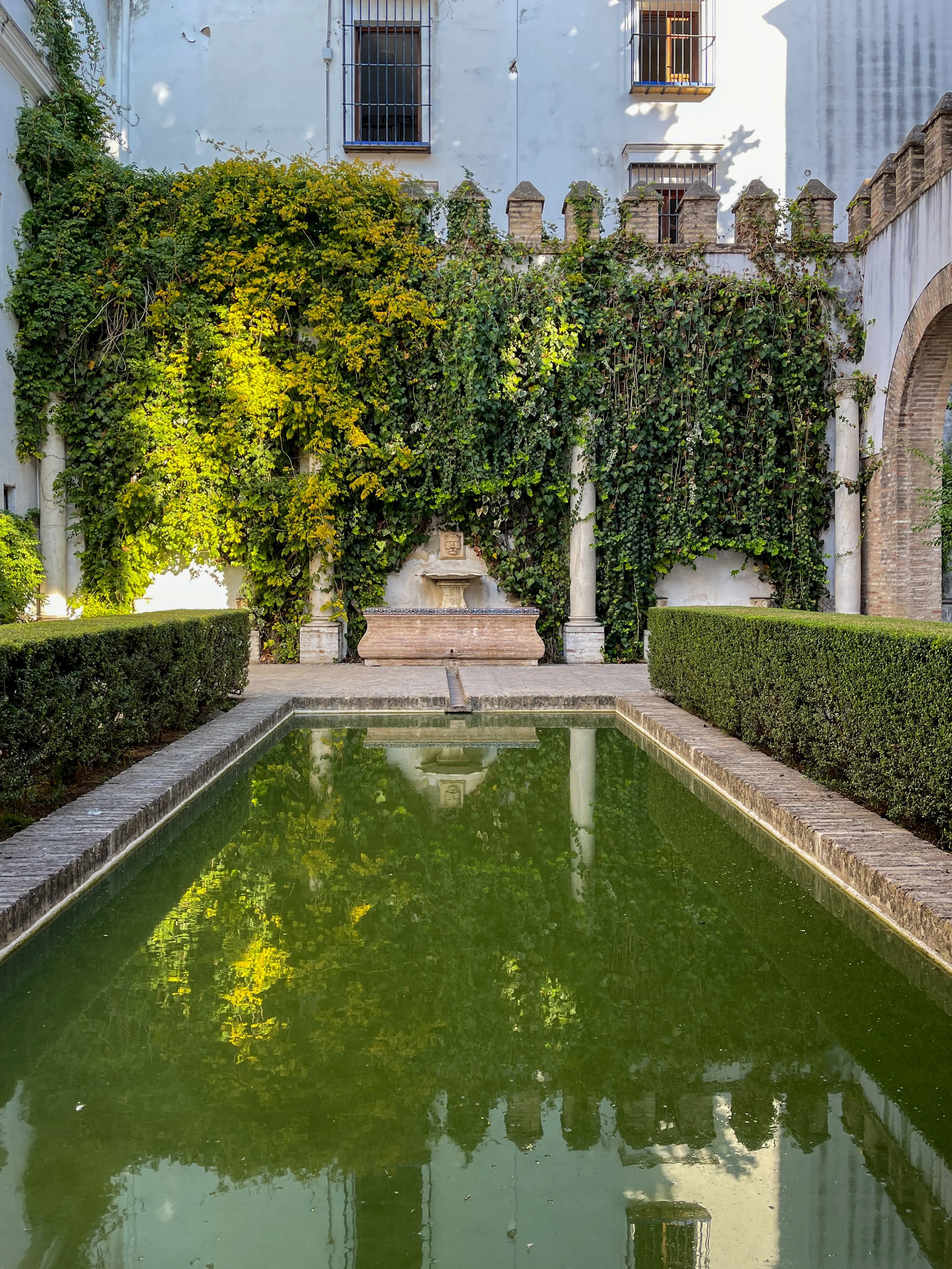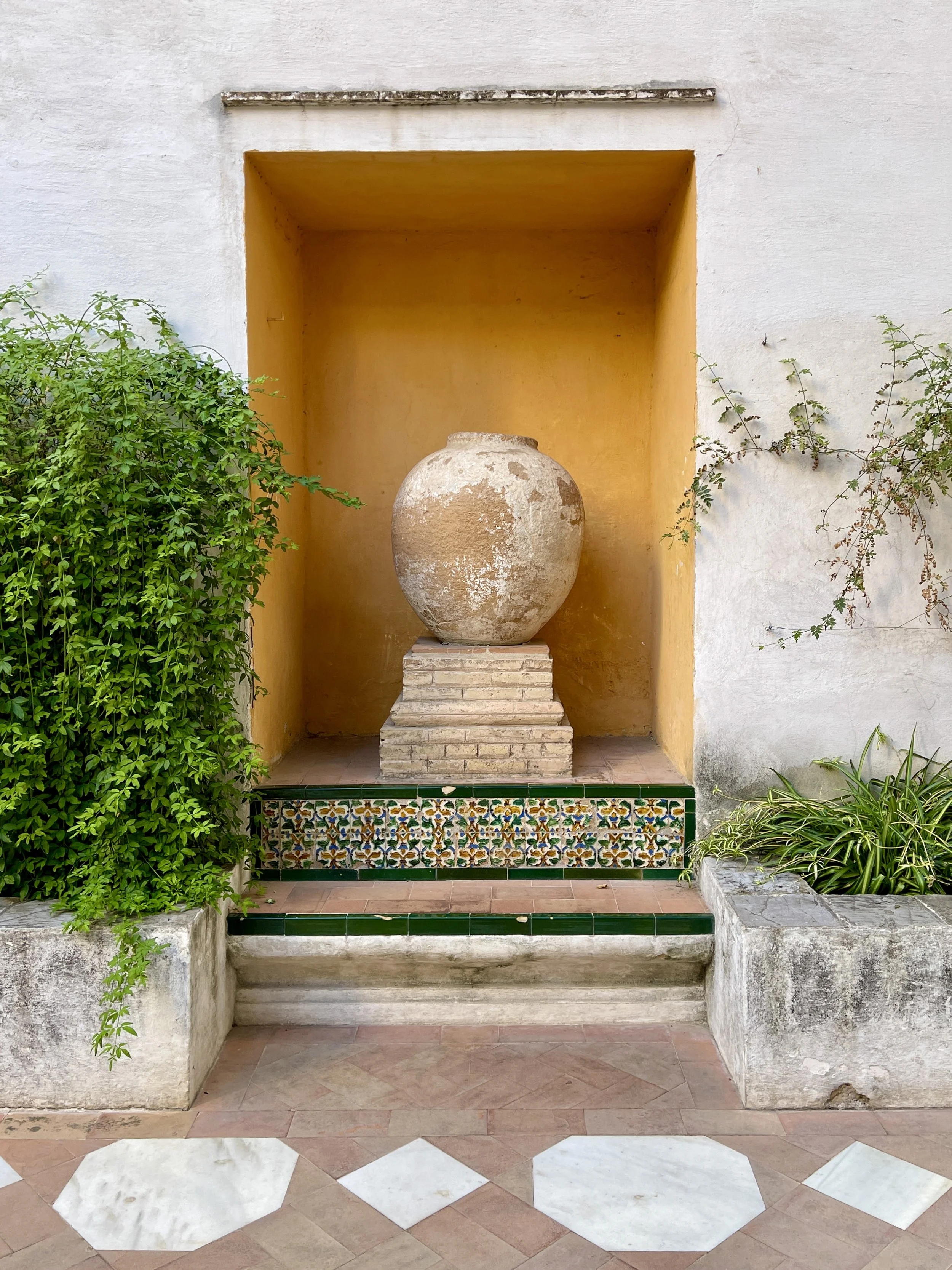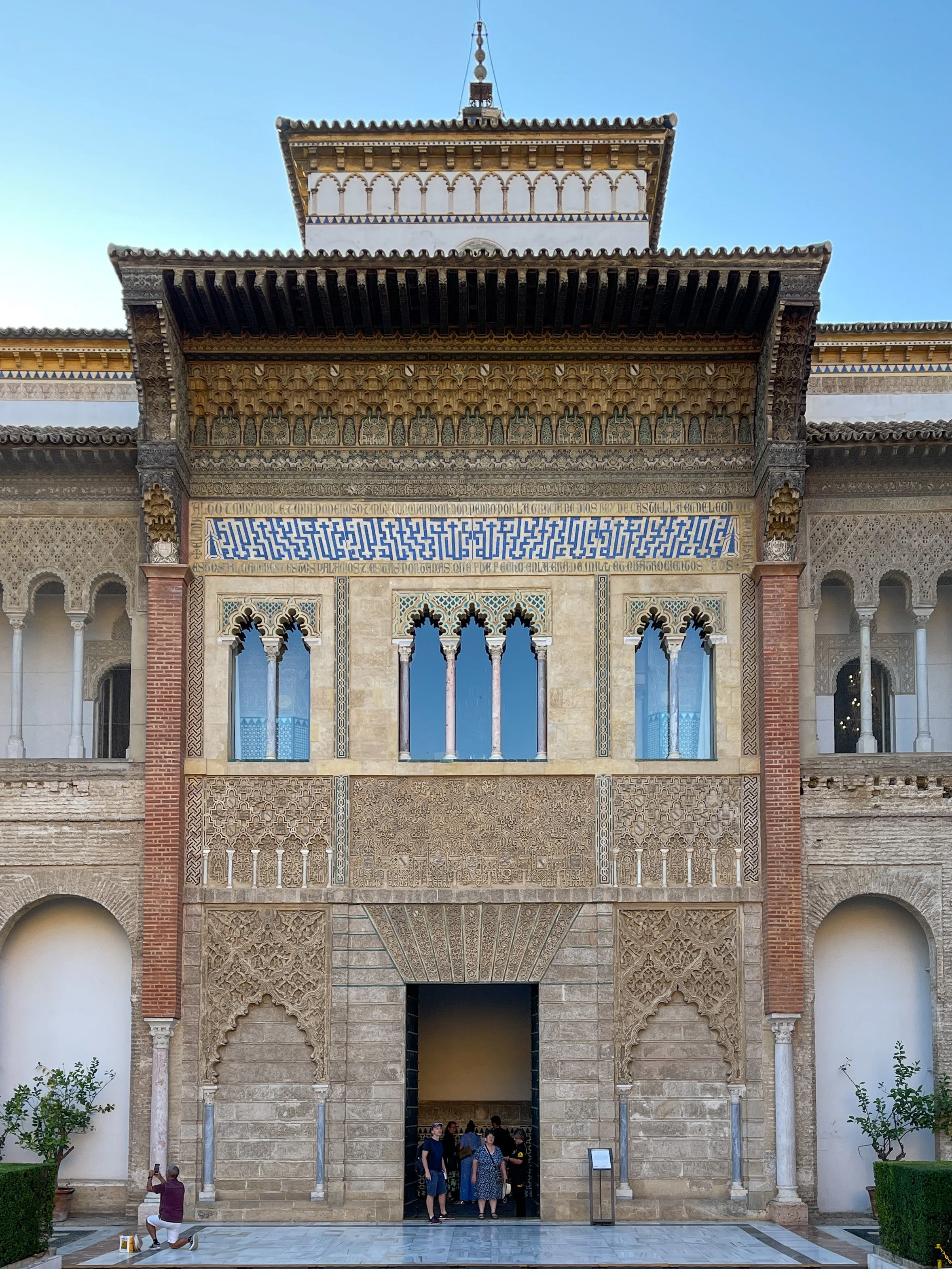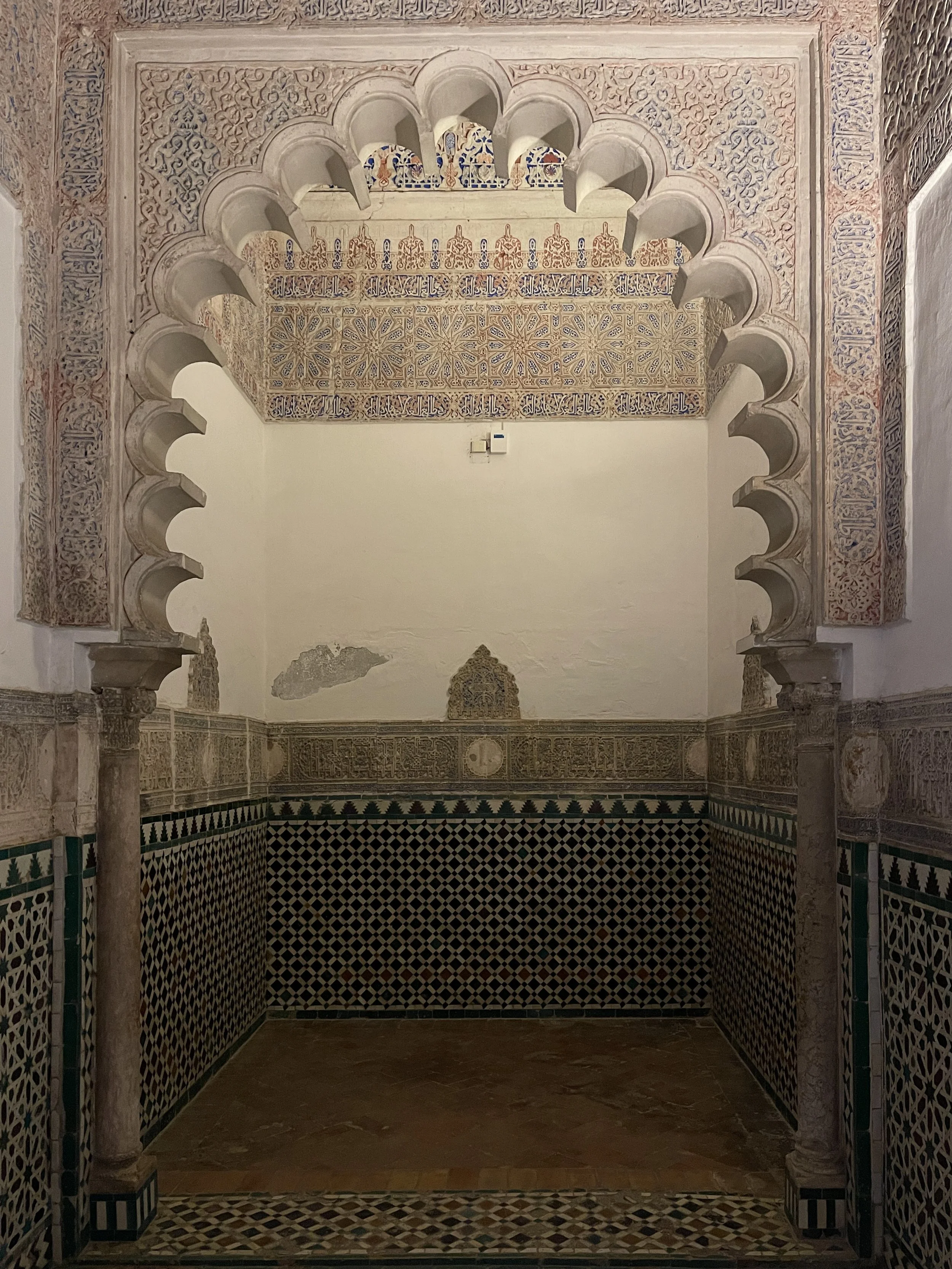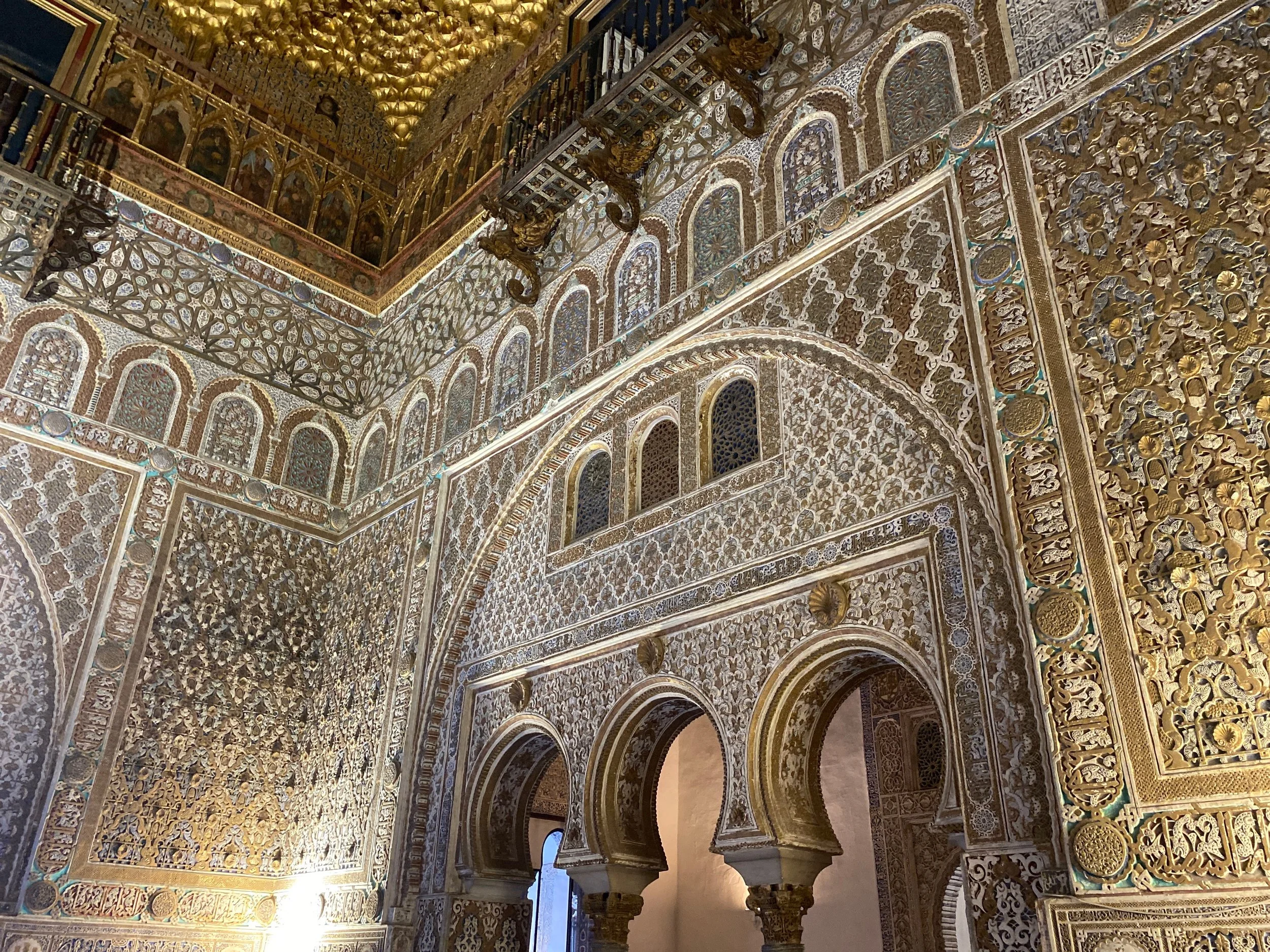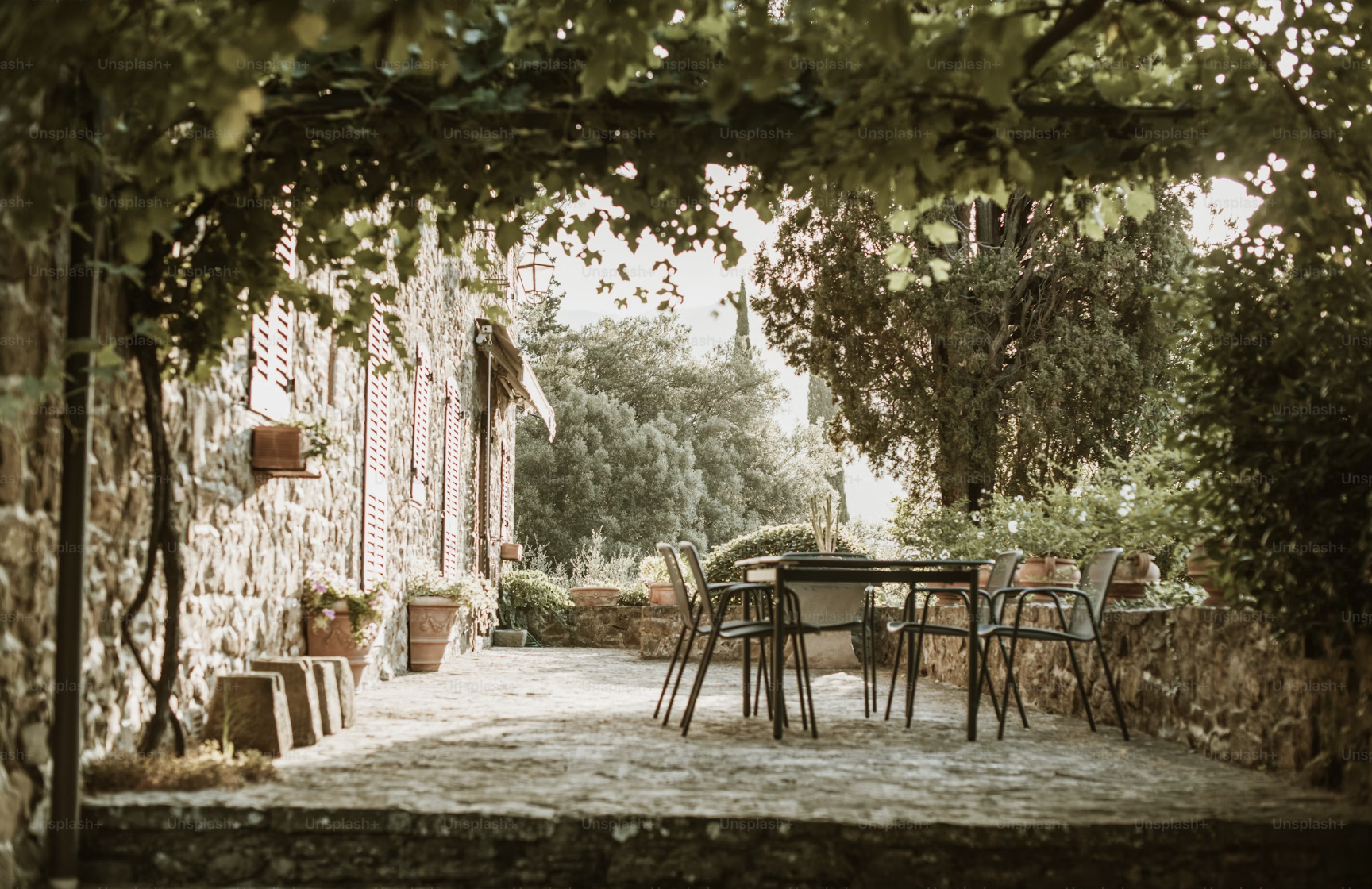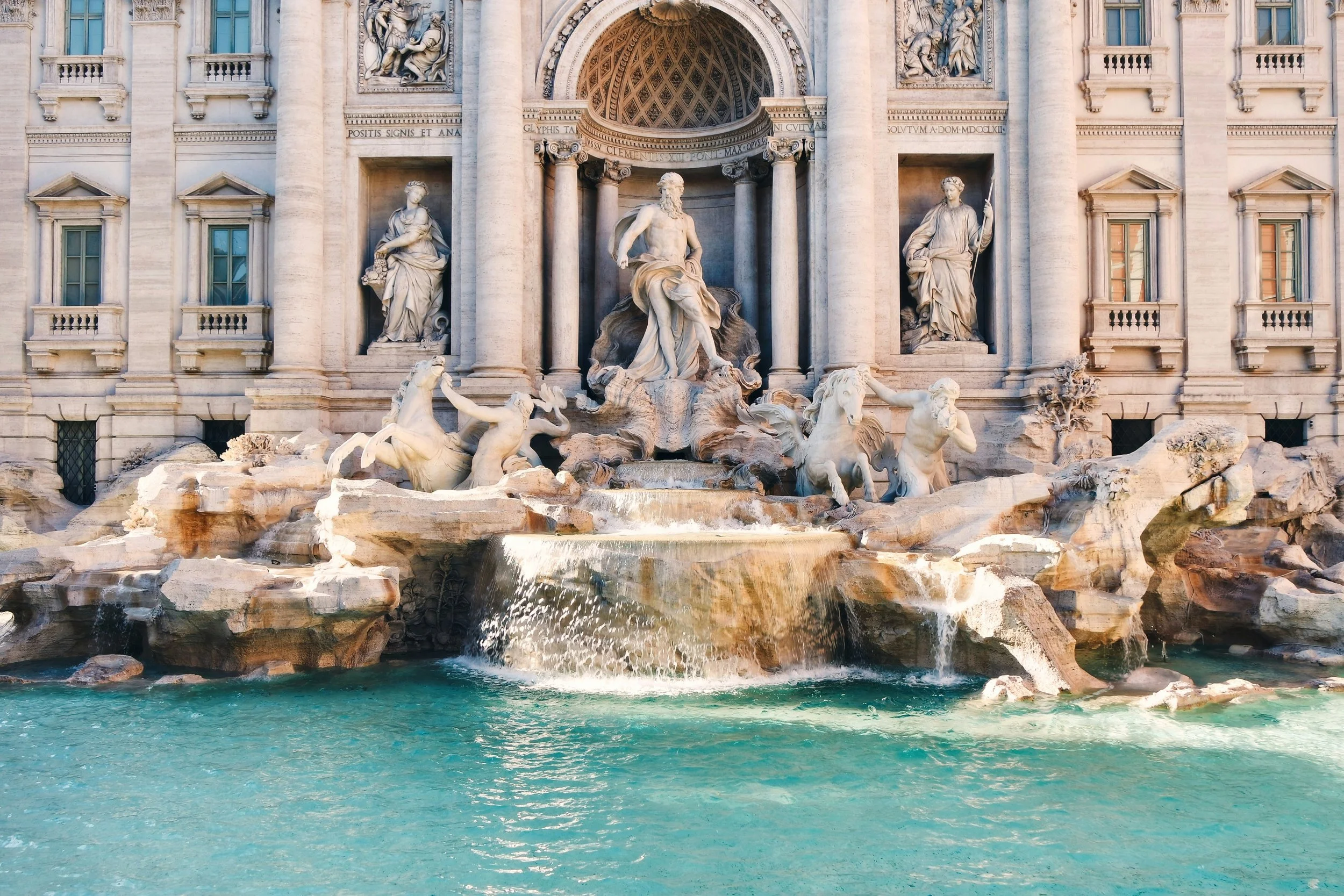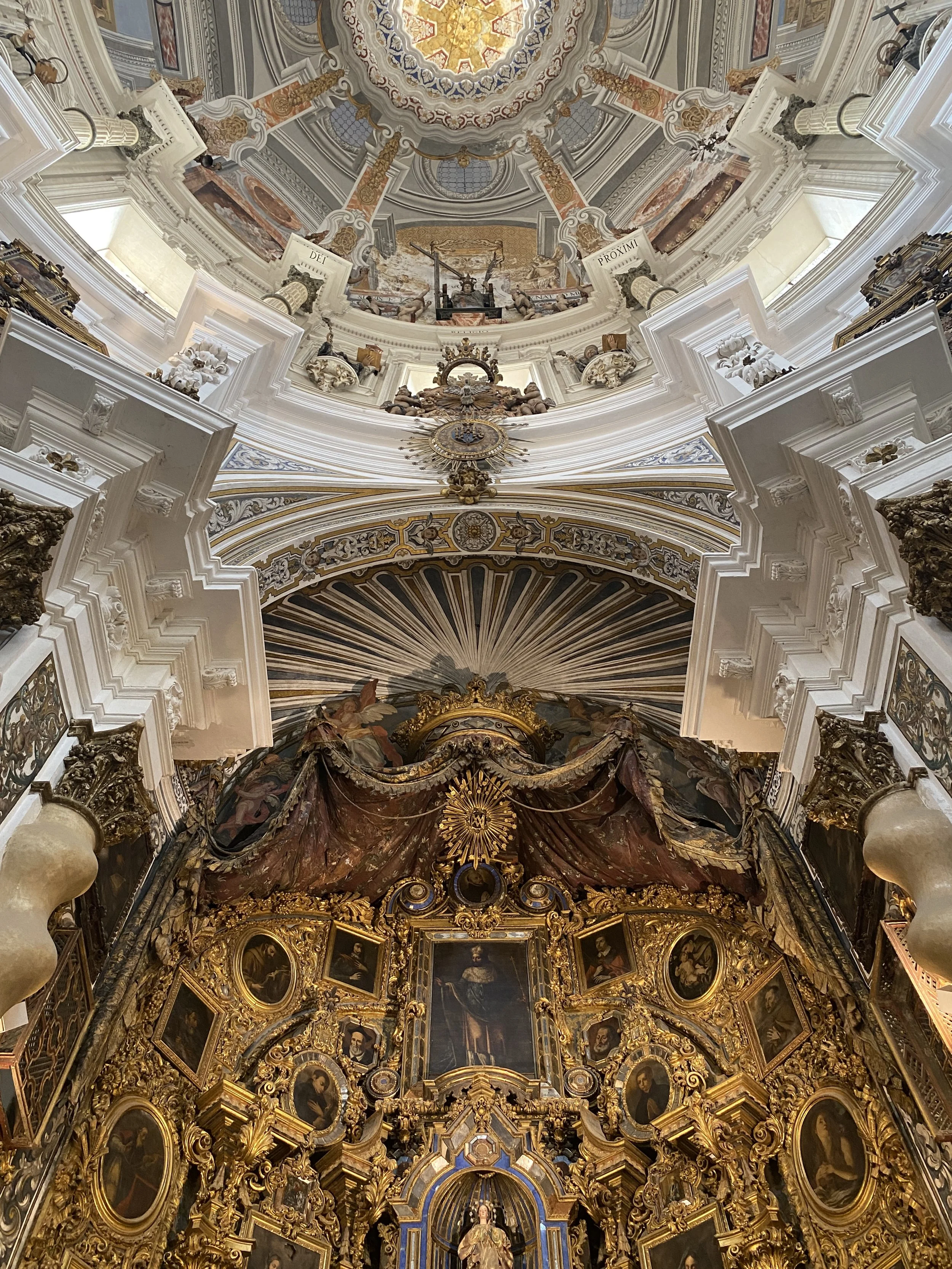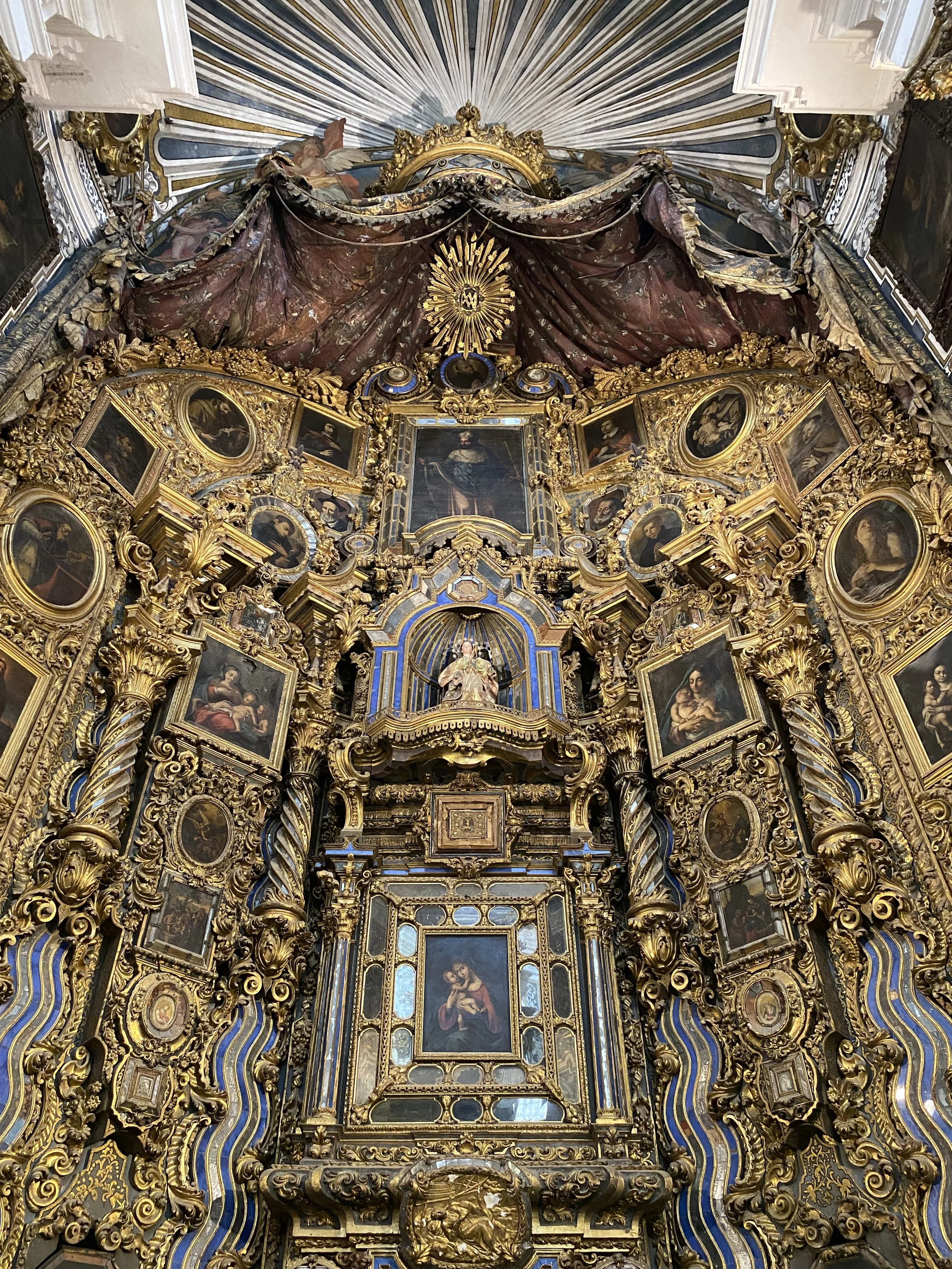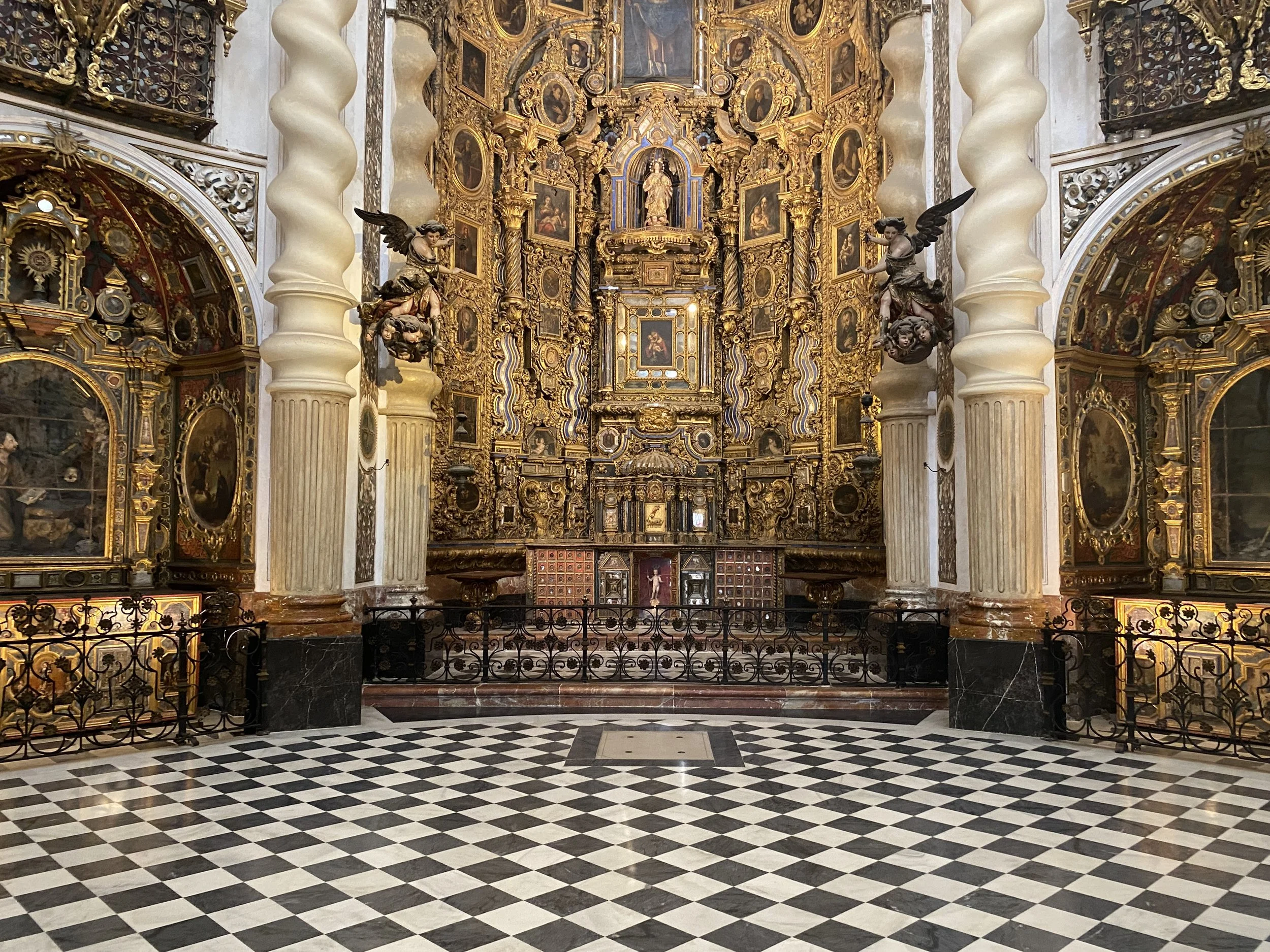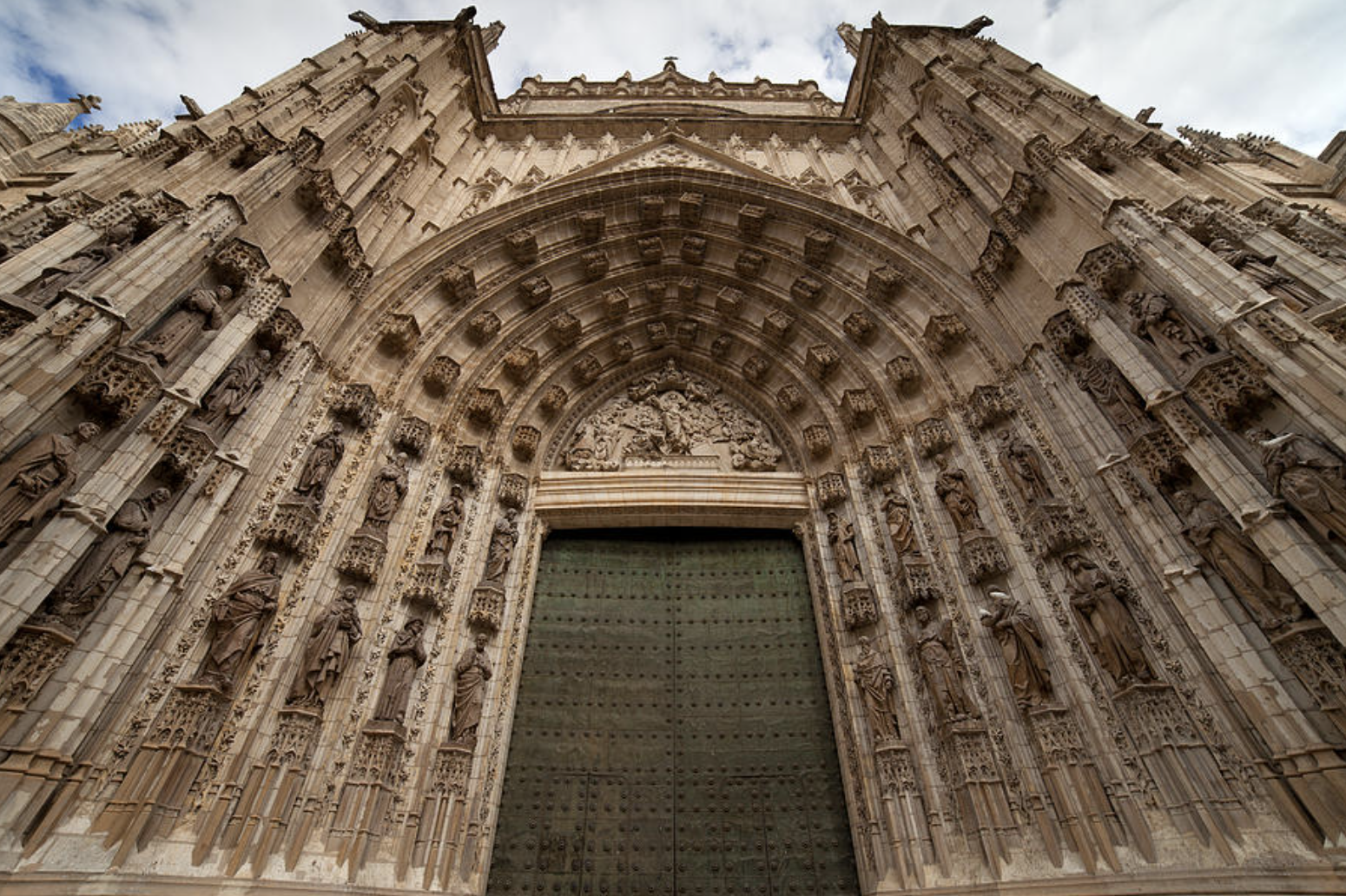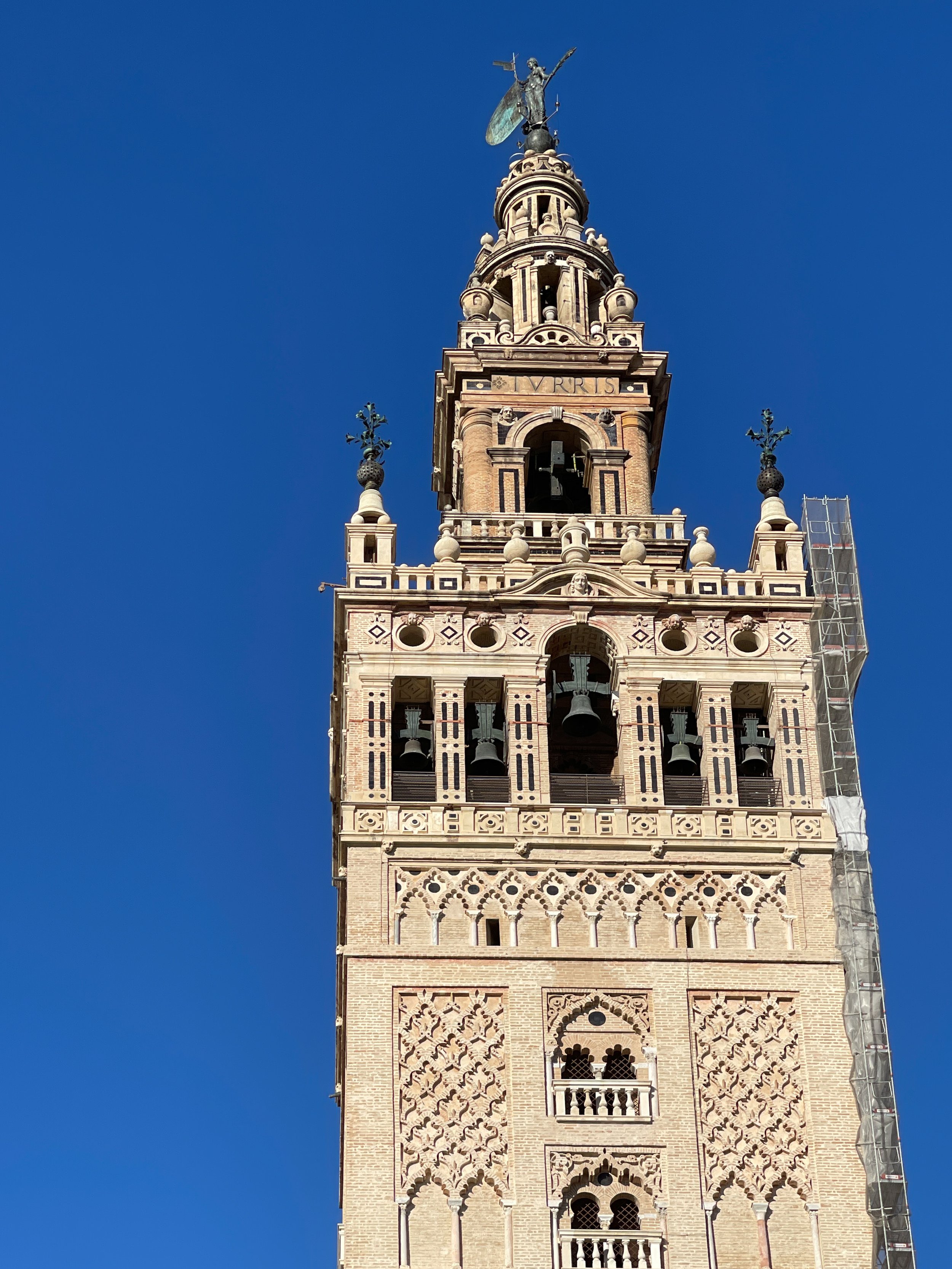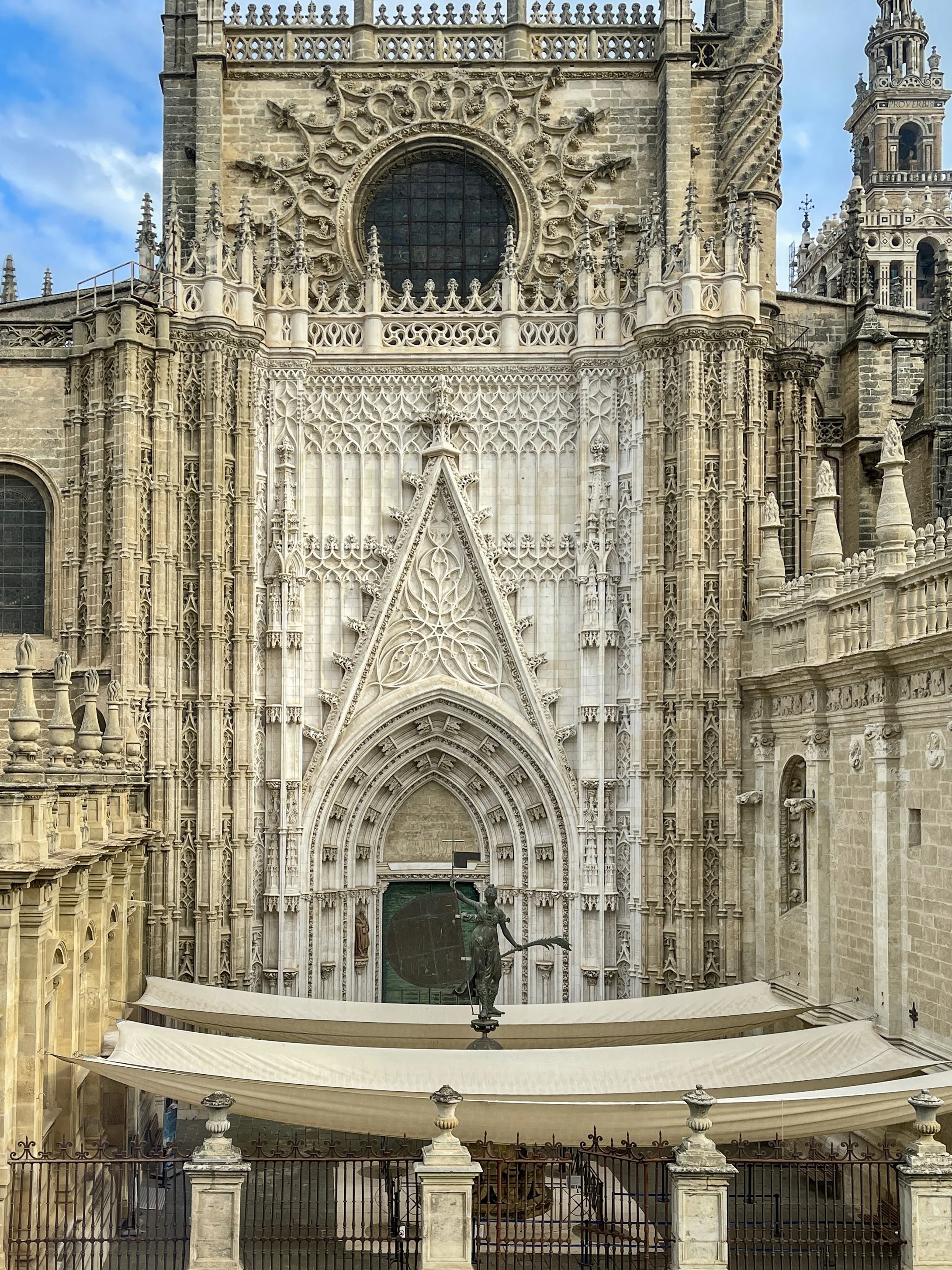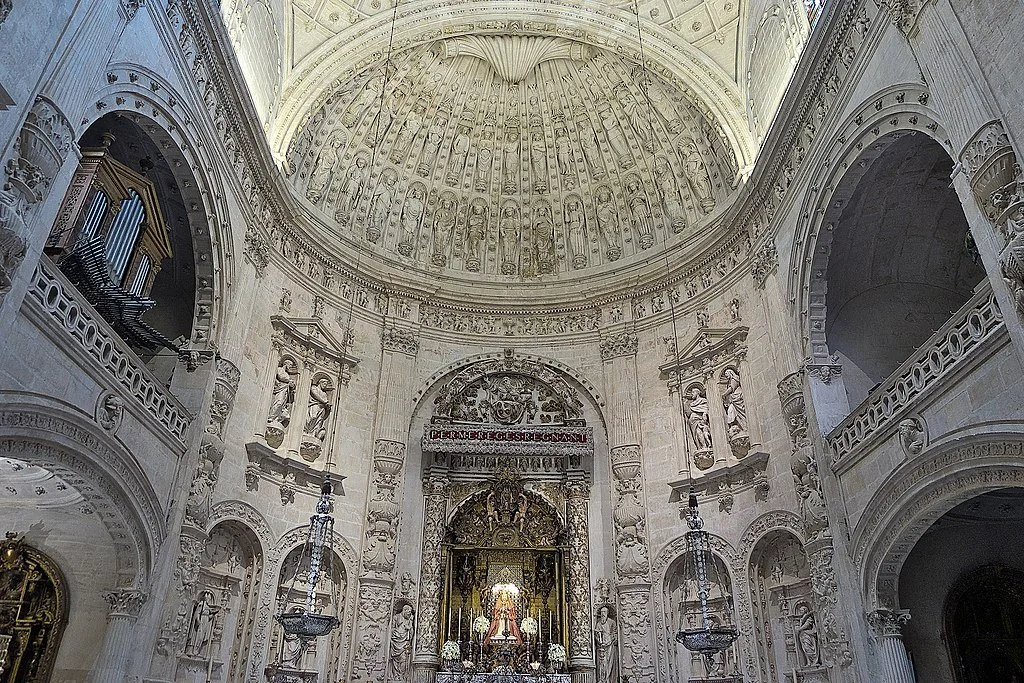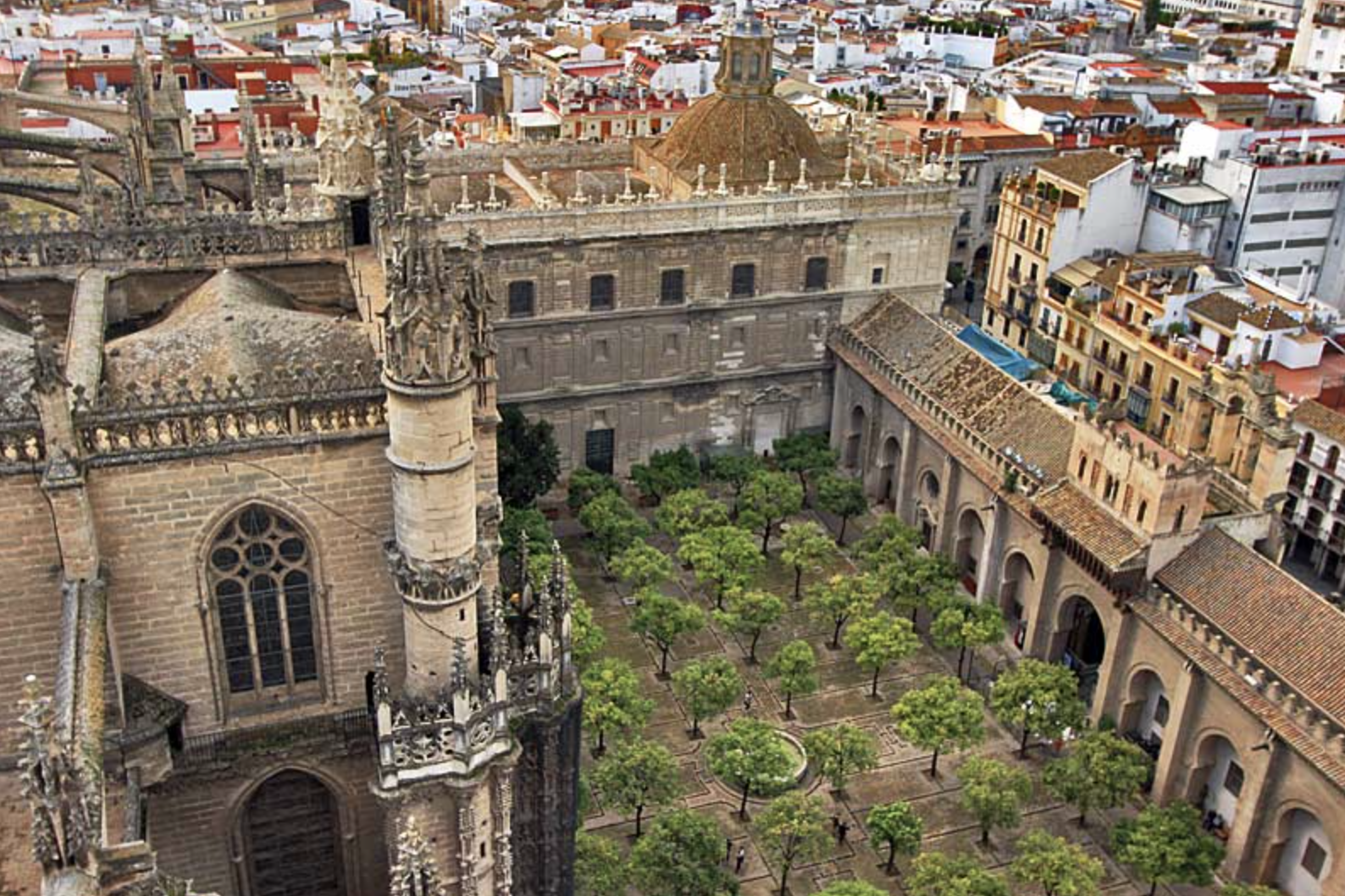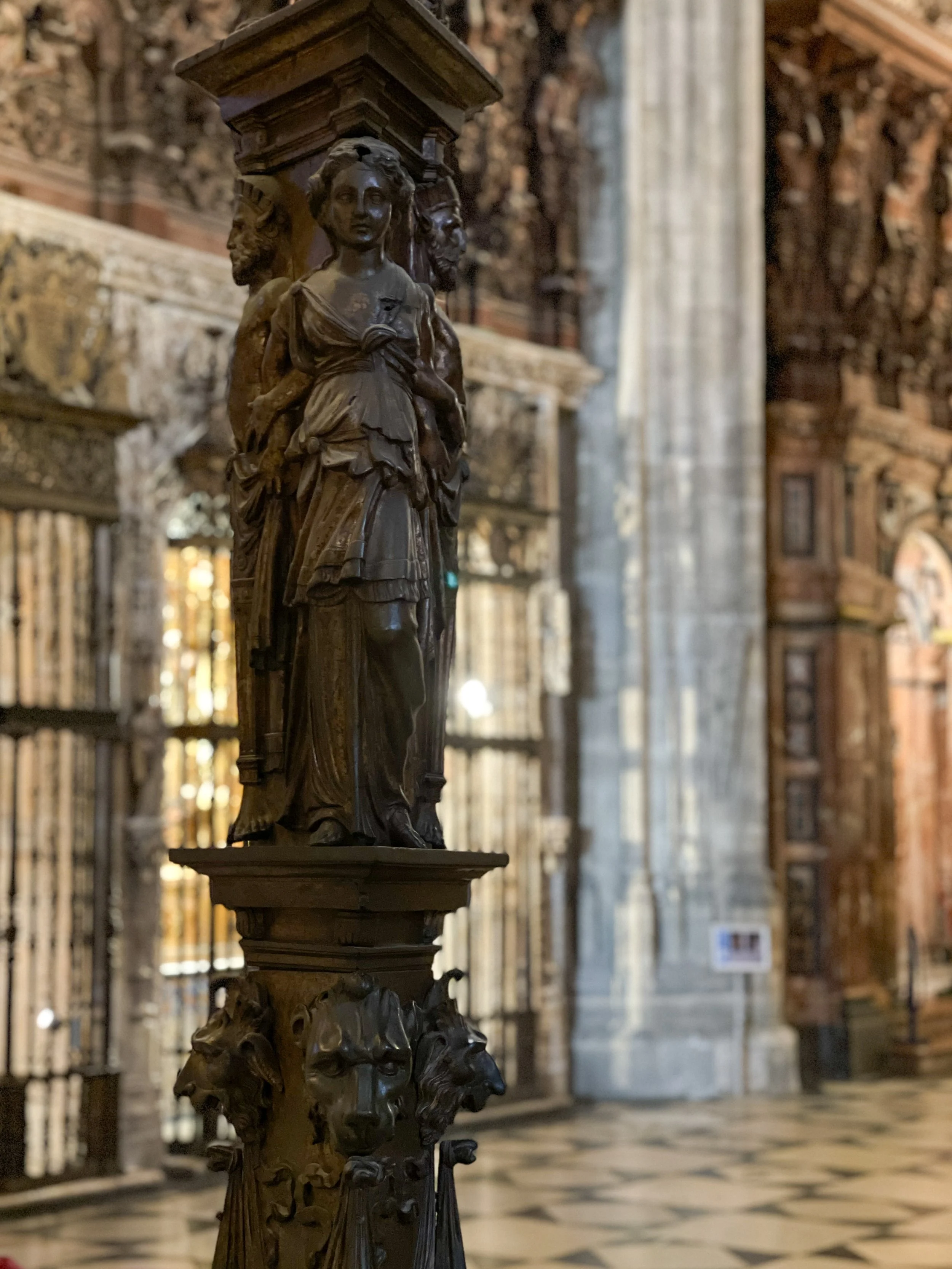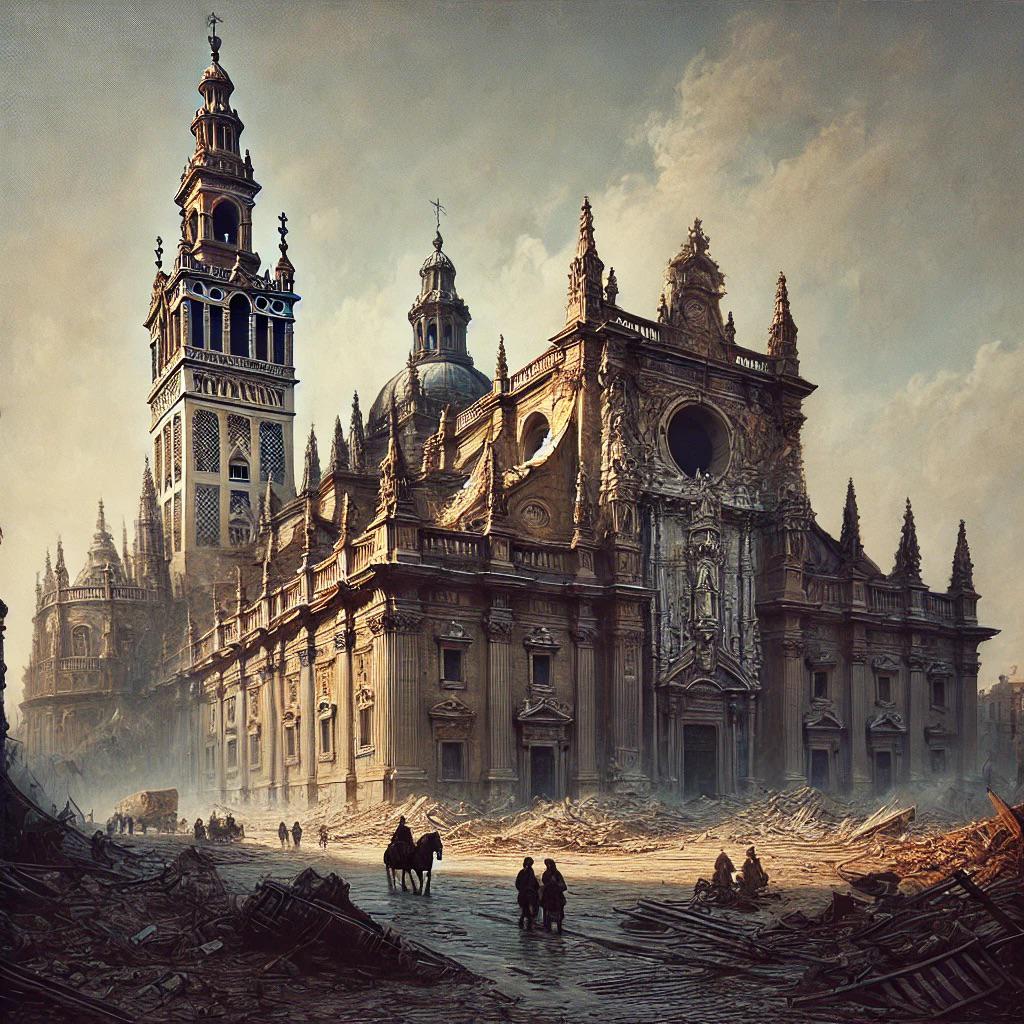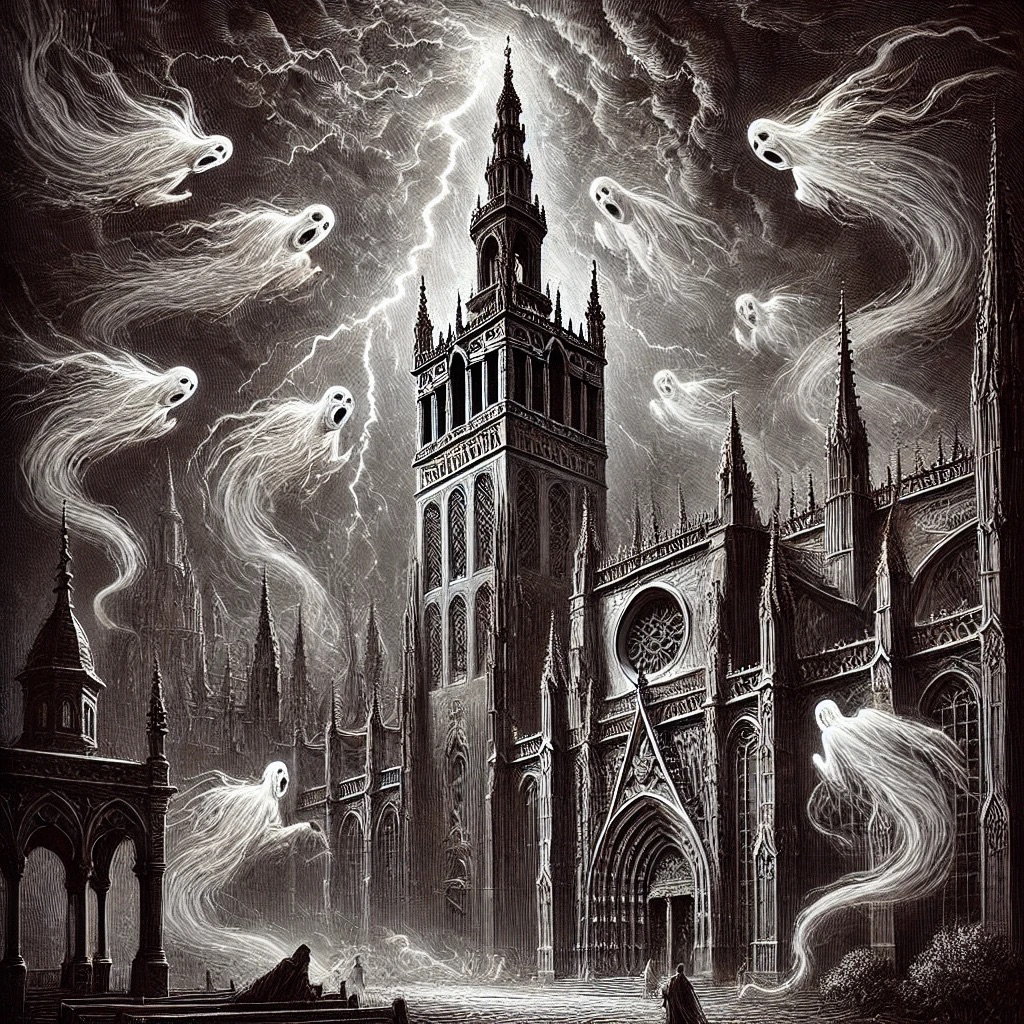Looking for a place to stay near Barcelona? Just 30 minutes away, Sitges combines a gay-friendly beach vibe with easy city access. Here’s why renting a villa in Sitges might be the smartest move for your next trip.
Barcelona gets a lot of love — and rightfully so. It’s a city bursting with culture, creativity and food that makes you want to cancel your return flight. But if you’re planning a trip to this part of Spain and want a slower, more intimate experience without sacrificing access to the city, it’s worth looking just a bit down the coast.
Welcome to Sitges, a seaside town with enough charm to rival its famous neighbor — and a growing reputation as one of the best spots in Catalonia for relaxed, authentic travel.
So Why Sitges?
Sitges sits just 30 minutes from Barcelona by train, but it offers a very different rhythm. With its whitewashed façades, palm-lined promenades, art galleries and hidden beaches, Sitges feels like a Mediterranean postcard come to life. It’s long been a favorite of artists, writers and other creatives, and in recent years, it's become a go-to for travelers seeking a mix of beachside tranquility and cultural flair.
You’ll still find great food (from local seafood to global fusion), a lively LGBTQ+ scene and plenty of opportunity to dance until dawn. But you’ll also find moments of quiet: morning walks by the sea, wine tastings in the hills of Penedès, and long, unhurried lunches.
Why Choose a Villa Over a Hotel?
When most people plan a trip to Spain, they default to hotels or rentals in the city. But Sitges offers a different kind of accommodation — one that’s growing in popularity, especially for longer stays or group travel: private villas.
So, what makes a villa special?
Space: Villas often come with multiple bedrooms, living areas, private gardens and pools — making them ideal for families, friend groups or even digital nomads seeking more comfort.
Flexibility: There’s no need to wake up for the hotel breakfast or worry about noisy hallways. You eat when you want, swim when you want, and relax on your own schedule.
Connection: Villas create a different kind of experience. Cooking together, lounging by the pool, having conversations over wine at sunset — it’s the kind of setting that invites you to truly connect with your travel companions.
What to Look For in a Villa Stay
Not all villas are created equal, of course. Some are better suited for couples, others for large groups or remote workers. If you’re considering this kind of stay in Sitges, here are a few things to keep in mind:
Location: Some villas are tucked away in the hills with panoramic views, while others are walking distance to the beach or town center. Choose based on your priorities: peace and quiet or easy access to town.
Amenities: A pool, outdoor dining area, well-equipped kitchen and air conditioning are essentials during summer. Some villas also offer concierge services, bike rentals or yoga sessions.
Local insight: Booking through platforms that know the area — or local agencies — often gives you access to insider tips that make your stay even better.
Where to Start Your Search for a Sitges Villa
There are plenty of platforms to browse villa rentals, from the big global ones to smaller local specialists. One option worth exploring is Utopia Villas, a Sitges-based company that curates a selection of stylish, well-located properties across the region. They offer villas for different types of travelers and budgets, and can also help organize extras like airport transfers or private chefs.
If your idea of a good trip includes space to breathe, the sound of waves instead of city traffic, and the chance to live more like a local than a tourist, renting a villa in Sitges might be your best move.
It’s a slower, more intentional kind of travel — one where you don’t just visit, but stay. –Sophia Martin
Sophia Martin is a travel writer who focuses on Mediterranean destinations. She has explored Spain’s coast, from Costa Brava to Sitges, and writes about local culture, food and travel experiences. When not writing, she enjoys wine tasting and sketching seaside towns from a café terrace.


